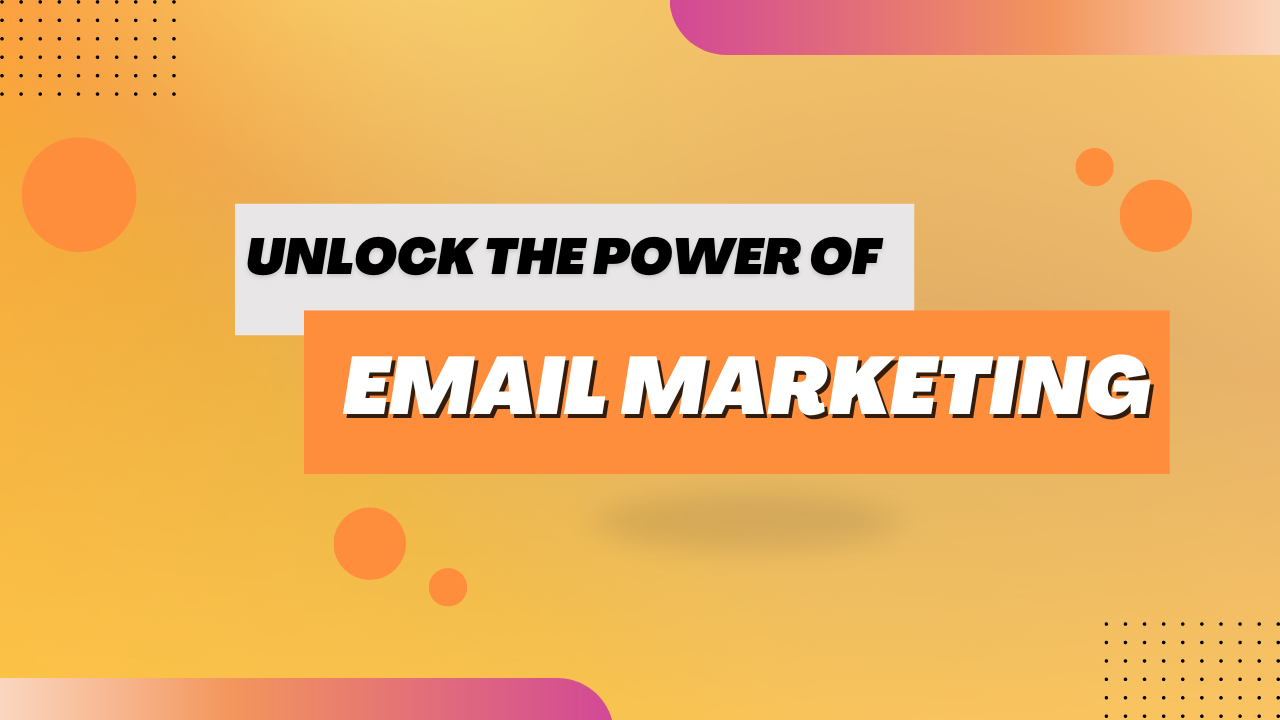In today’s digital landscape, where social media and instant messaging platforms dominate, email marketing remains a powerful tool for businesses to connect with their audience. With its ability to deliver targeted messages directly to individuals’ inboxes, email marketing provides an effective way to build relationships, drive conversions, and nurture customer loyalty.
In this blog post, we will explore the key strategies for successful email marketing campaigns and how you can leverage this channel to achieve your marketing goals.
- Know Your Audience:
To effectively engage your audience, you must understand their needs, preferences, and interests. Segment your email list based on demographics, purchase history, engagement levels, or any other relevant criteria. This allows you to create highly targeted and personalized email campaigns that cater to the specific interests and motivations of each segment.
2. Craft Compelling Subject Lines:
The subject line is the first impression your email makes, and it determines whether recipients open or ignore your message. Craft subject lines that are concise, attention-grabbing, and relevant to the content of the email. Experiment with personalization, urgency, curiosity, or other psychological triggers to pique recipients’ interest and entice them to open your emails.
3. Create Engaging & Relevant Content:
Your email content should be engaging, relevant, and valuable to your audience. Provide content that educates, entertains, or solves their pain points. Use a conversational tone, storytelling techniques, and compelling visuals to capture their attention. Incorporate dynamic content, such as personalized product recommendations or location-based offers, to enhance relevance and engagement.
4. Optimize For Mobile:
With the majority of emails being opened on mobile devices, it’s crucial to optimize your emails for mobile viewing. Ensure your email design is responsive, so it adapts seamlessly to different screen sizes. Use clear and legible fonts, concise copy, and appropriately sized buttons for easy navigation and interaction on mobile devices.
5. Use Personalization & Segmentation:
Personalization goes beyond addressing recipients by their first name. Leverage the data you have on your subscribers to personalize the content and offers within your emails. Use dynamic content blocks, personalized recommendations, or exclusive discounts tailored to each recipient’s preferences and past interactions. Segmentation allows you to send targeted emails to specific segments of your audience, ensuring higher relevance and engagement.
6. Incorporate Visuals & Interactive Elements:
Visual elements, such as images, videos, or GIFs, can significantly enhance the visual appeal of your emails. Use eye-catching visuals that align with your brand identity and support your message. Consider incorporating interactive elements like polls, surveys, or interactive product showcases to encourage engagement and interaction with your emails.
7. Test & Optimize:
Email marketing is a continuous learning process. Test different elements of your emails, such as subject lines, CTAs, layout, or content, to determine what resonates best with your audience. Use A/B testing to compare variations and make data-driven decisions. Analyze email metrics, such as open rates, click-through rates, and conversion rates, to identify areas for improvement and optimize your future campaigns.
By implementing these best practices, you can create email campaigns that stand out in crowded inboxes, capture recipients’ attention, and drive meaningful engagement. Remember to consistently analyze data, adapt to changing preferences, and deliver value to your subscribers to foster long-term relationships and achieve your marketing objectives.
